Home>Interior Design>The 80-20 Color Rule: How To Use It For A Balanced Scheme
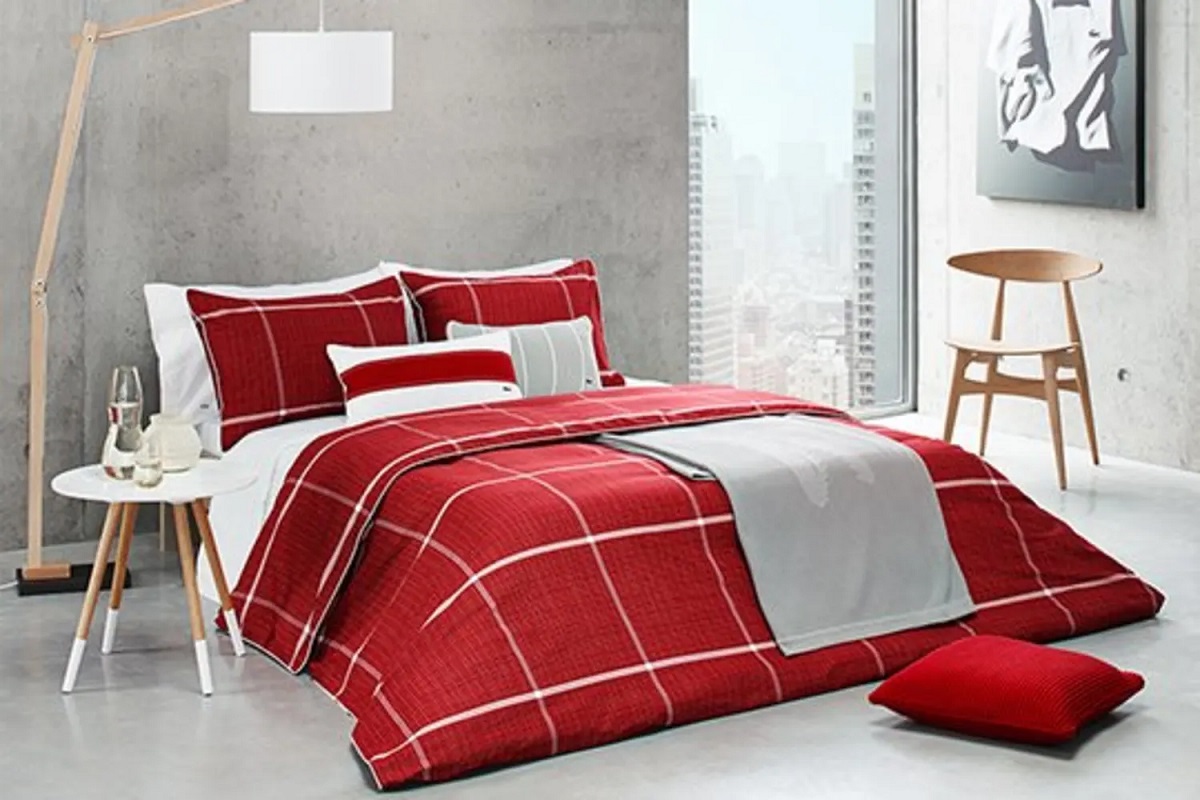

Interior Design
The 80-20 Color Rule: How To Use It For A Balanced Scheme
Modified: December 7, 2023
Learn how to use the 80-20 color rule in interior design to achieve a perfectly balanced color scheme for your space. Transform your home with this effective design technique.
(Many of the links in this article redirect to a specific reviewed product. Your purchase of these products through affiliate links helps to generate commission for Storables.com, at no extra cost. Learn more)
Introduction
When it comes to interior design, color plays a crucial role in creating a visually appealing and harmonious space. The right color palette can evoke various emotions, set the mood, and enhance the overall aesthetic of a room. However, choosing the right colors can be overwhelming, especially with the vast array of options available.
That’s where the 80-20 color rule comes into play. This rule provides a simple and effective way to achieve a balanced and cohesive color scheme in your interior design. By understanding and applying this rule, you can create visually pleasing spaces that effortlessly combine different colors.
The 80-20 color rule, also known as the Pareto principle, is based on the concept that 80% of the visual impact in a space is achieved with just 20% of the colors used. In other words, the majority of the visual impact comes from a small selection of dominant colors, while the remaining colors act as a supporting backdrop.
This rule can be applied to various elements in interior design, including walls, furniture, accent pieces, accessories, and textiles. By focusing on a few dominant colors and complementing them with supporting shades, you can create a sense of balance and harmony in your space.
In the following sections, we will explore how to understand and apply the 80-20 color rule effectively, along with some practical tips and examples to assist you in achieving a balanced color scheme in your interior design.
Key Takeaways:
- Embrace the 80-20 color rule to achieve balanced and visually appealing interior designs. Select dominant colors for impact and supporting colors for depth, creating harmonious spaces that reflect personal style.
- Use the 80-20 color rule to guide color selection, creating balanced and cohesive interior designs. Experiment with color schemes, textures, and focal points to achieve visually stunning and personalized spaces.
Understanding the 80-20 Color Rule
The 80-20 color rule is a design principle that emphasizes the importance of selecting a small number of dominant colors that will have the most visual impact in a space. This principle is based on the concept that a minority of colors will contribute to the majority of the overall aesthetic.
To better understand this rule, consider it in terms of a pie chart. In this analogy, the dominant colors represent the larger portion (80%) of the chart, while the supporting colors make up the smaller section (20%).
The dominant colors are typically used for larger surfaces, such as walls, major furniture pieces, or prominent architectural elements. These colors set the overall tone and mood of the space. It is important to choose colors that complement each other and create a cohesive look.
On the other hand, the supporting colors are used for accents, accessories, and smaller details. These colors help to add interest, depth, and visual appeal to the space without overpowering the dominant colors. They can be used in throw pillows, rugs, curtains, artwork, or decorative objects.
By using the 80-20 color rule, you can create a sense of balance and harmony in your interior design. The dominant colors anchor the space and provide a sense of continuity, while the supporting colors add visual interest and depth.
It’s important to note that the 80-20 ratio is not set in stone and can be adjusted based on personal preference and the specific needs of the space. Some designers may opt for a 70-30 or 60-40 ratio, depending on the desired aesthetic.
Now that we have a clear understanding of the 80-20 color rule, let’s explore how to apply it effectively in our interior design projects.
Applying the 80-20 Color Rule to Achieve Balance
Now that we understand the concept of the 80-20 color rule, let’s explore how to apply it effectively in our interior design projects to achieve a balanced and visually pleasing space.
1. Start with the dominant colors: Begin by selecting the dominant colors that will set the tone for the space. These colors should be used for larger surfaces like walls, floors, and major furniture pieces. Consider using neutral colors, such as shades of white, beige, or gray, as they provide a versatile and timeless base.
2. Choose a color scheme: Once you have your dominant colors, choose a complementary color scheme for the supporting colors. You can opt for an analogous scheme (colors next to each other on the color wheel), a complementary scheme (colors opposite each other on the color wheel), or a monochromatic scheme (variations of a single color). This will ensure that the supporting colors harmonize with the dominant colors.
3. Allocate the 80-20 ratio: As the rule suggests, allocate about 80% of the visual impact to the dominant colors, and the remaining 20% to the supporting colors. Be mindful of where you place the supporting colors within the space. Use them strategically in smaller accents like pillows, artwork, rugs, or accessories to create a pop of color and add visual interest without overwhelming the dominant colors.
4. Consider texture and pattern: In addition to colors, texture and pattern can also contribute to a balanced and visually appealing space. Introduce different textures through fabrics, materials, and finishes to add depth and variety. Similarly, incorporate patterns in your accessories, such as geometric prints, florals, or stripes, to create visual interest. Ensure that the texture and pattern align with the chosen color palette.
5. Use color as a focal point: If there’s a specific element or area in the space that you want to highlight, consider using a bold color as a focal point. This could be a brightly colored accent wall, a statement piece of furniture, or a unique artwork. The focal point will draw attention and create a visual balance when surrounded by the dominant and supporting colors.
By applying the 80-20 color rule in your interior design, you can achieve a balanced and visually pleasing space. This rule provides a guide for selecting dominant and supporting colors, allocating visual impact, and creating a cohesive color scheme. Remember to experiment, trust your instincts, and have fun with colors to create a space that reflects your personal style and enhances the overall aesthetic.
When using the 80-20 color rule, choose a dominant color for 80% of the space, a secondary color for 20% as an accent to create a balanced color scheme.
Tips for Using the 80-20 Color Rule Effectively
Now that you understand the basic principles of the 80-20 color rule, let’s explore some tips to help you apply it effectively and achieve a beautifully balanced color scheme in your interior design.
1. Start with a mood board: Before diving into selecting colors, create a mood board to gather inspiration and visualize the desired look and feel of your space. Collect images, swatches, and samples that represent the overall aesthetic you want to achieve. This will guide you in choosing the dominant and supporting colors that align with your vision.
2. Consider the room’s purpose: Keep in mind the function and purpose of the room when selecting colors. Cooler tones, like blues and greens, can create a calming atmosphere in bedrooms or home offices, while warmer tones, like yellows and oranges, can add energy and vibrancy to living spaces or kitchens.
3. Use a color wheel: Familiarize yourself with the color wheel to understand color relationships and harmonies. The color wheel can help you select complementary or analogous colors that work well together. It can also aid in creating a monochromatic color scheme, using different shades and tints of a single color.
4. Consider natural light: Take into account the natural light that enters the room at different times of day. Some colors may appear differently under various lighting conditions. Test paint samples or fabric swatches in different lighting situations to ensure the colors still achieve the desired effect.
5. Create visual flow: Use the dominant colors to create visual flow and continuity throughout your space. Repeat these colors in different elements, such as furniture upholstery, throw pillows, or artwork, to create a cohesive look.
6. Balance warm and cool tones: If you are using warm-toned dominants, consider balancing them with cooler accents to create contrast and visual interest. Similarly, if you have cool-toned dominants, add warm-toned accents to create balance.
7. Experiment with texture: Incorporate different textures in your color scheme to add depth and visual appeal. Mix smooth and rough textures, shiny and matte finishes, and soft and structured fabrics to create a rich and tactile experience.
8. Consider the size of the space: Keep in mind that colors can visually alter the perception of space. Lighter colors can make a small room feel more open and spacious, while darker colors can add coziness to larger rooms.
9. Trust your instincts: While principles and guidelines can be helpful, don’t be afraid to trust your instincts and experiment with color combinations that resonate with you. Interior design is a creative process, and personal taste plays a significant role.
By implementing these tips, you can use the 80-20 color rule effectively to create a well-balanced and visually appealing color scheme in your interior design. Remember, ultimately, it’s about creating a space that reflects your style and brings you joy.
Examples of Balanced Color Schemes Using the 80-20 Color Rule
Now, let’s explore some examples of balanced color schemes that effectively apply the 80-20 color rule in interior design. These examples will illustrate how dominant and supporting colors work together to create visually pleasing and harmonious spaces.
Example 1: Serene Coastal Retreat
Inspired by the soothing hues of the ocean, this color scheme utilizes soft and calming colors for a serene coastal retreat. The dominant colors are light and airy shades of blue, such as sky blue or aqua, which are used for the walls and larger furniture pieces. These colors create a sense of tranquility and mimic the feeling of being by the seaside.
The supporting colors in this scheme include touches of white and sandy beige. These colors are used for accent pieces like pillows, curtains, and decorative accessories, adding texture and depth to the space without overpowering the dominant blues. Additionally, natural materials like driftwood or seagrass can be incorporated to complement the coastal theme.
Example 2: Modern Scandinavian Minimalism
This color scheme embraces the clean lines and simplicity of modern Scandinavian design. The dominant colors here are crisp whites and light grays, which create an open and airy atmosphere. These colors are used for the walls, flooring, and larger furniture pieces.
The supporting colors in this scheme include subtle touches of muted pastels, such as blush pink or soft mint green. These colors are introduced through accent pieces like throw pillows, rugs, or artwork, adding a hint of color and warmth without disrupting the minimalist aesthetic. Natural wood tones can also be incorporated to add warmth and texture to the space.
Example 3: Vibrant Eclectic Bohemian
This color scheme embraces the eclectic and vibrant nature of bohemian design. The dominant colors in this scheme are rich jewel tones, such as deep emerald green or royal purple. These colors are used for accent walls, statement furniture pieces, or prominent artwork, creating a sense of drama and personality.
The supporting colors in this scheme are a mix of warm earth tones, like terracotta or burnt orange, and pops of bright, contrasting colors, such as golden yellow or vibrant pink. These supporting colors are infused through smaller accessories like throw pillows, ceramics, or textiles, creating a playful and lively atmosphere.
Example 4: Timeless Traditional Elegance
This color scheme embodies the timeless and elegant aesthetics of traditional design. The dominant colors in this scheme consist of classic neutrals, such as creamy whites or soft grays, which are used for the walls and larger furniture pieces.
The supporting colors in this scheme include rich jewel tones or earthy hues, like deep burgundy, navy blue, or olive green. These supporting colors are introduced through textiles, area rugs, draperies, or accent chairs, adding depth and sophistication to the space while complementing the neutral backdrop.
These examples illustrate how the 80-20 color rule can be applied to create balanced and visually appealing color schemes in various design styles. Remember, the key is to select a few dominant colors that set the tone and mood of the space, while using supporting colors strategically to add interest and depth without overpowering the overall aesthetic.
Conclusion
The 80-20 color rule is a valuable tool in the world of interior design, helping us achieve a balanced and visually appealing color scheme in our spaces. By understanding this rule and applying it effectively, we can create harmonious environments that reflect our personal style and enhance the overall aesthetic.
Through the careful selection of dominant colors and the strategic incorporation of supporting colors, we can achieve a sense of balance and visual interest. The dominant colors anchor the space, while the supporting colors add depth and texture without overpowering the overall design.
When applying the 80-20 color rule, it is essential to consider the mood and purpose of the room, experiment with different color schemes, and trust our instincts. The rule provides a framework, but it is up to us to find the right balance and create a space that resonates with our personal taste and style.
Remember to consider natural lighting, texture, and patterns to further enhance the visual appeal of the space. Additionally, by using a mood board and familiarizing ourselves with the color wheel, we can streamline the decision-making process and create a cohesive color scheme that aligns with our vision.
Whether creating a serene coastal retreat, a modern Scandinavian minimalist space, a vibrant eclectic bohemian haven, or a timeless traditional elegant atmosphere, the 80-20 color rule can guide us in achieving a balanced and visually pleasing interior design.
So, embrace the power of color, experiment with different combinations, and let the 80-20 color rule be your guide to creating spaces that are not only visually stunning but also reflective of your personal style and taste.
By utilizing this rule, your interior designs will be well-balanced, visually appealing, and most importantly, spaces that you and others can enjoy for years to come.
Frequently Asked Questions about The 80-20 Color Rule: How To Use It For A Balanced Scheme
Was this page helpful?
At Storables.com, we guarantee accurate and reliable information. Our content, validated by Expert Board Contributors, is crafted following stringent Editorial Policies. We're committed to providing you with well-researched, expert-backed insights for all your informational needs.
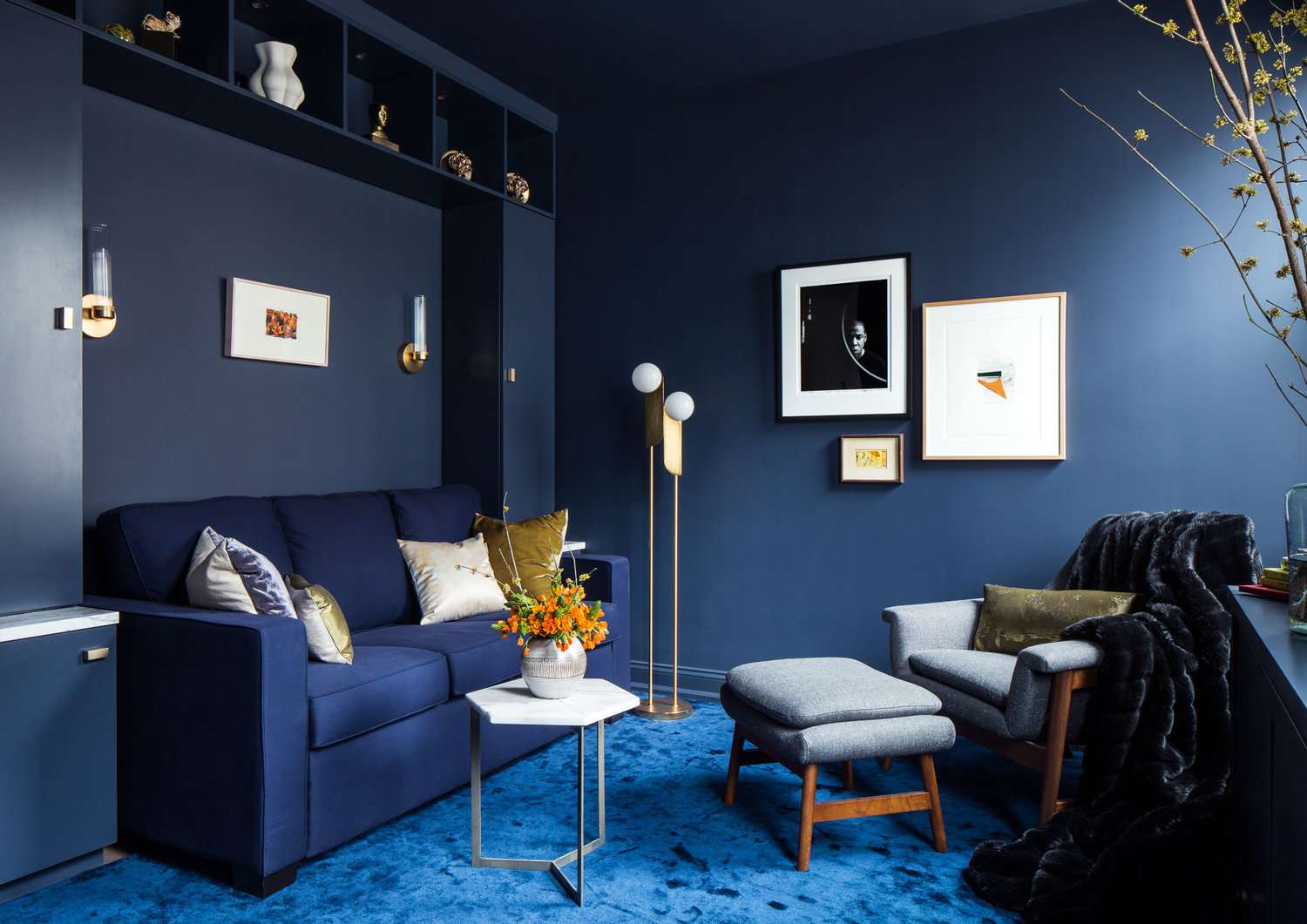
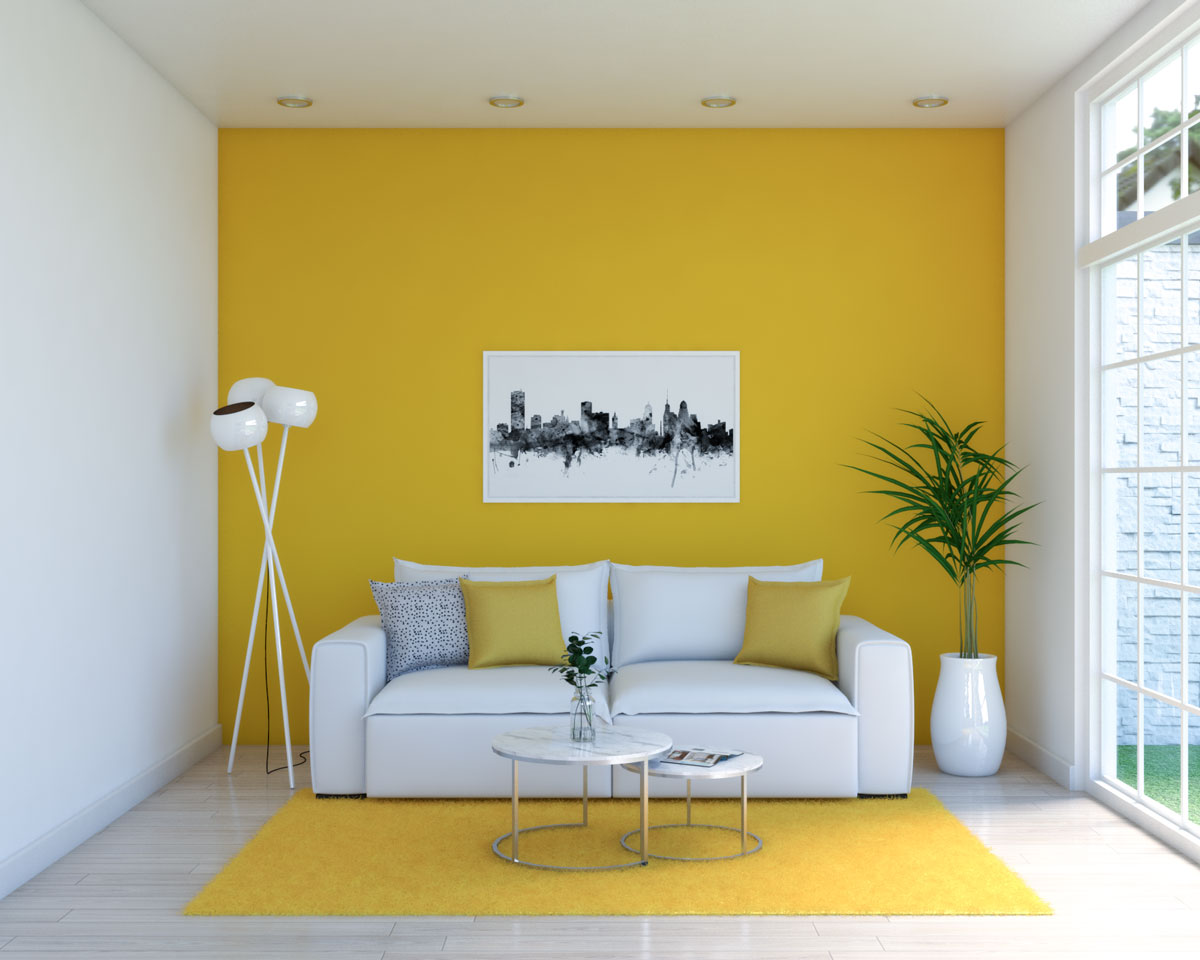
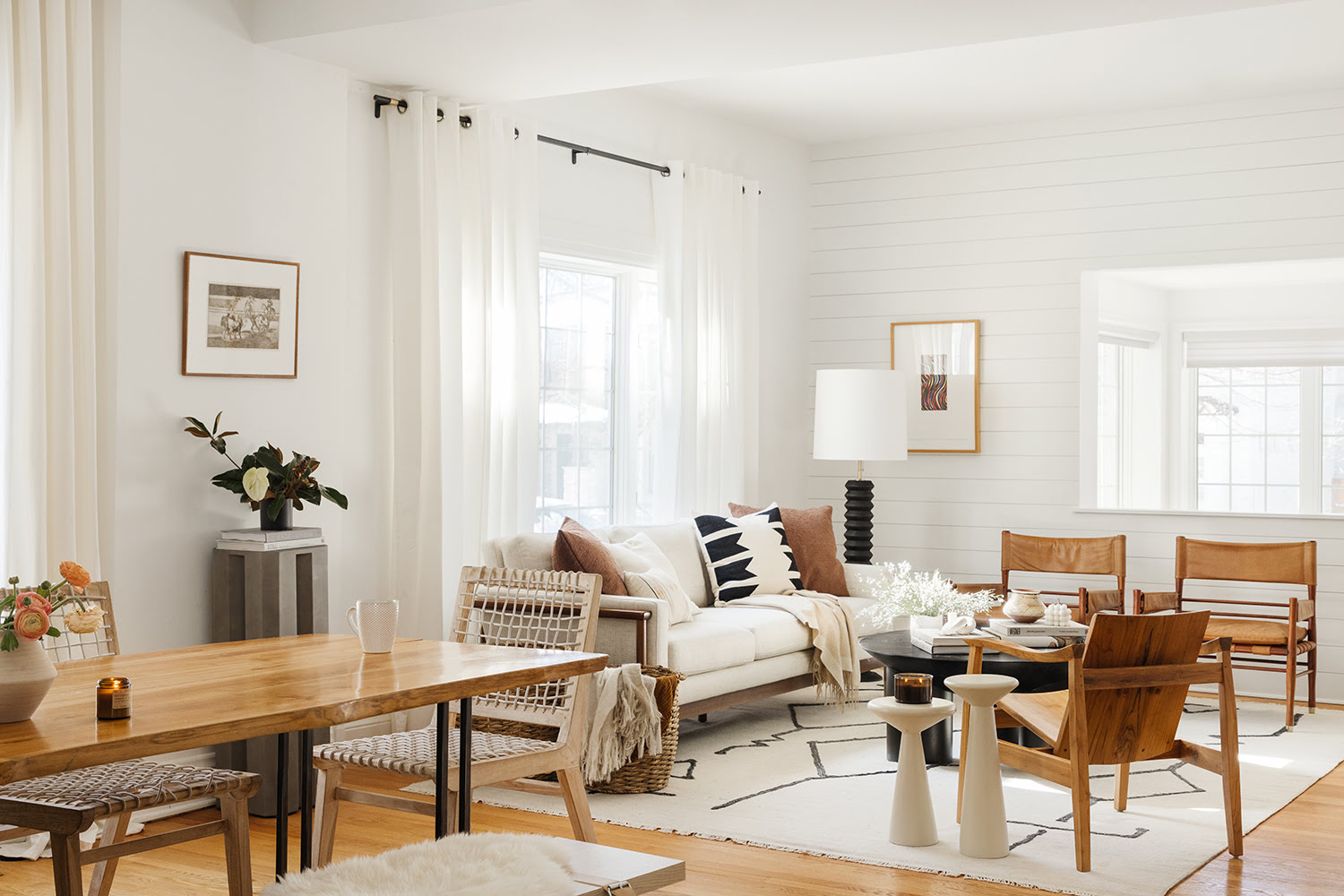
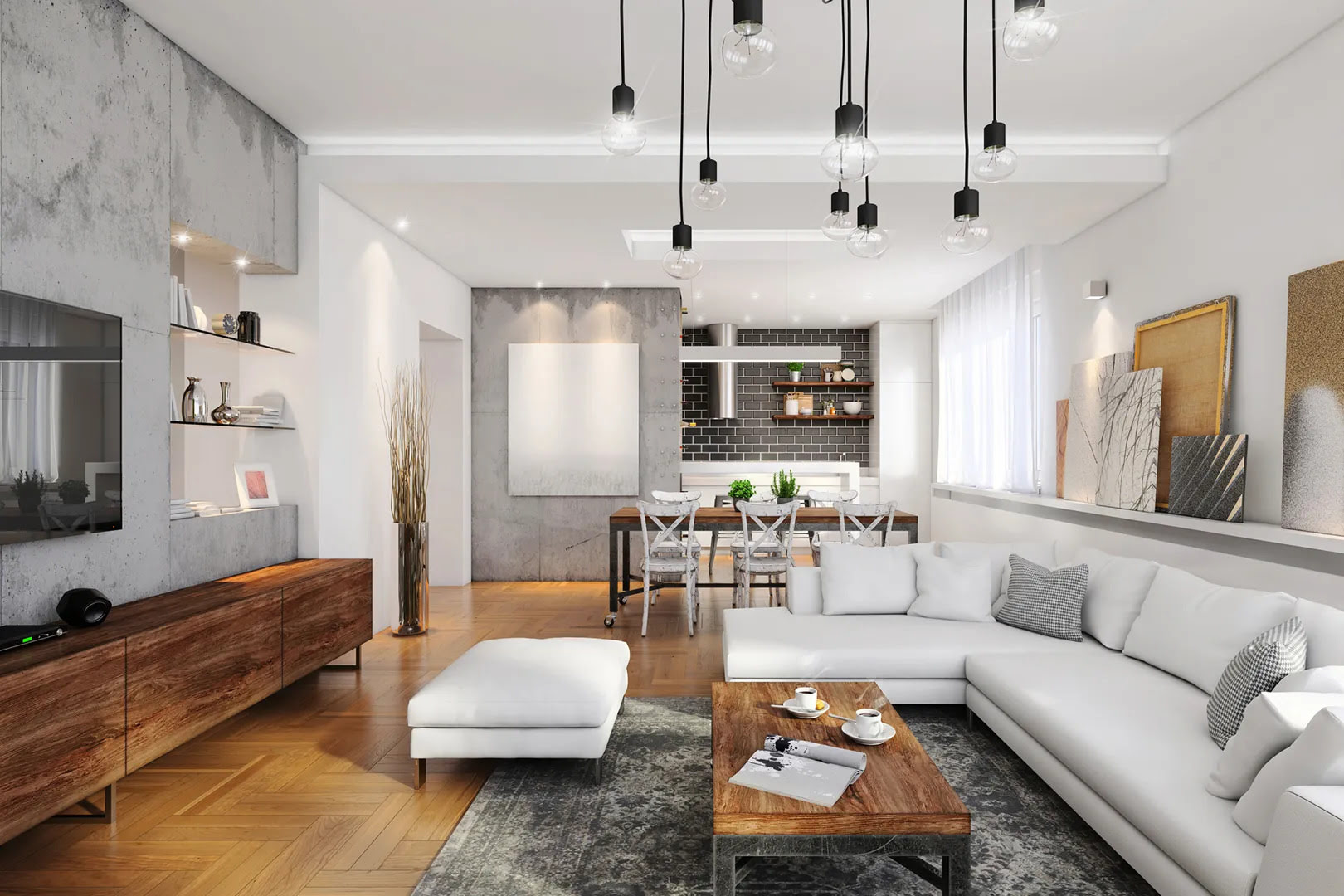

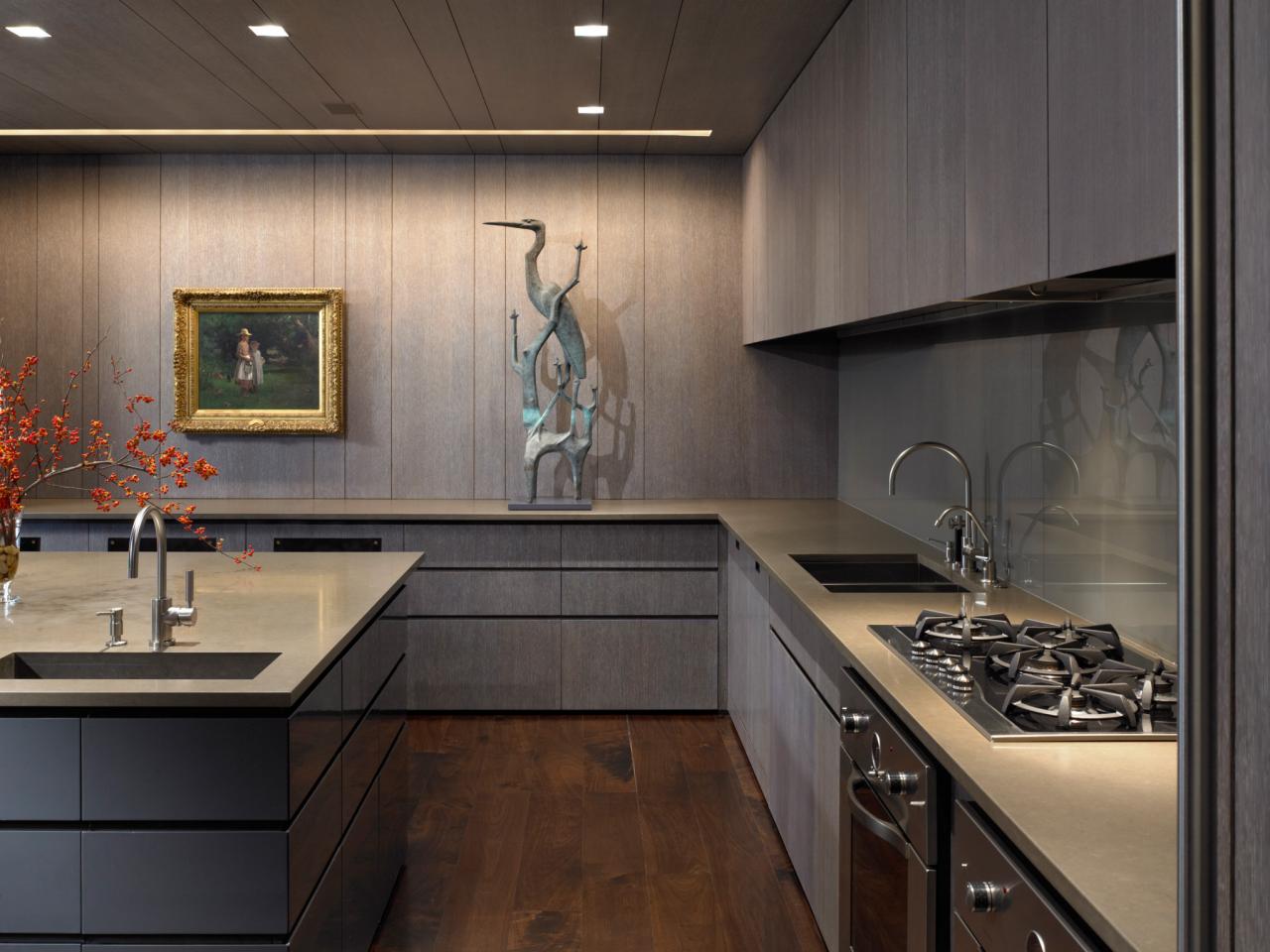
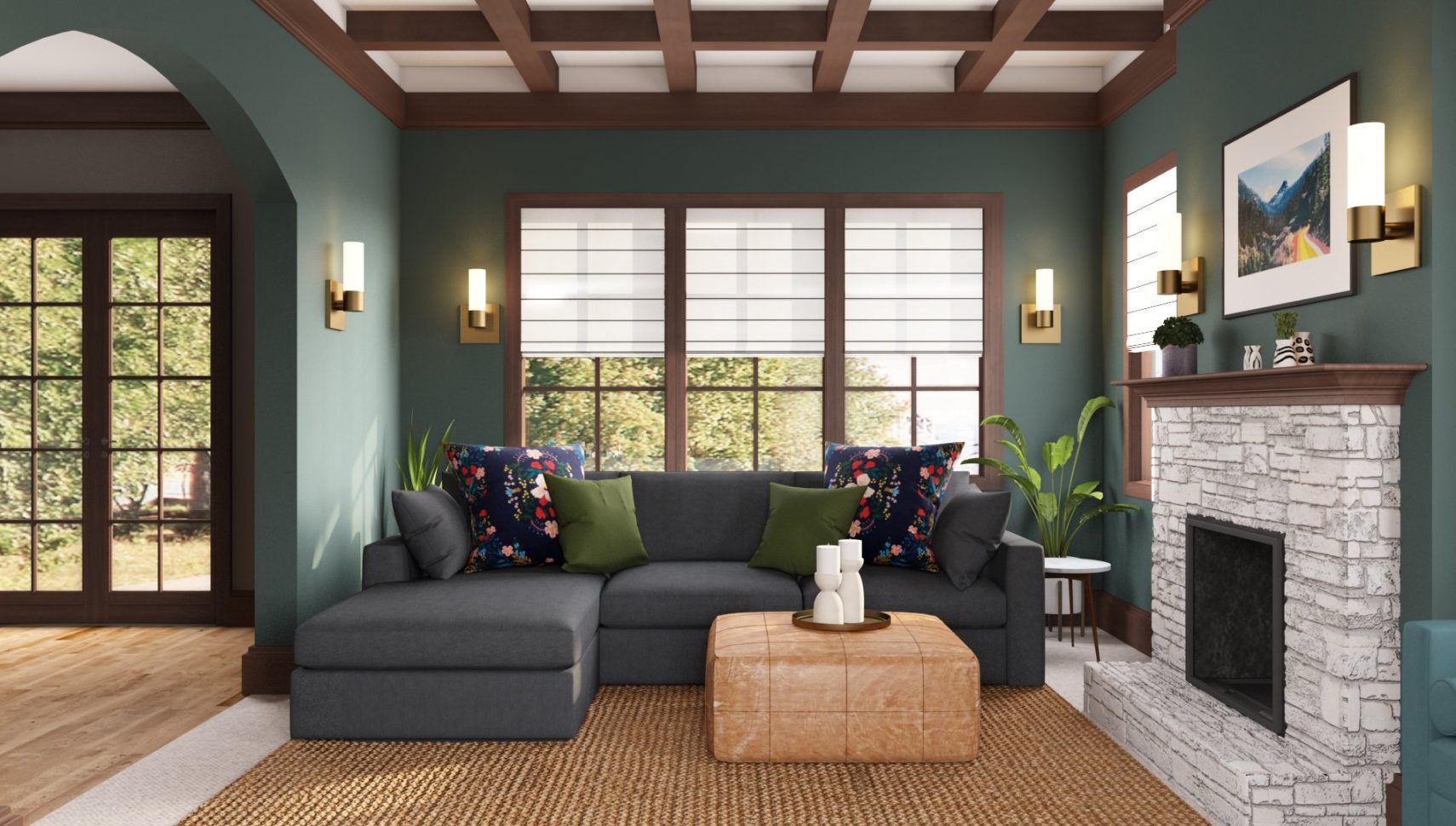

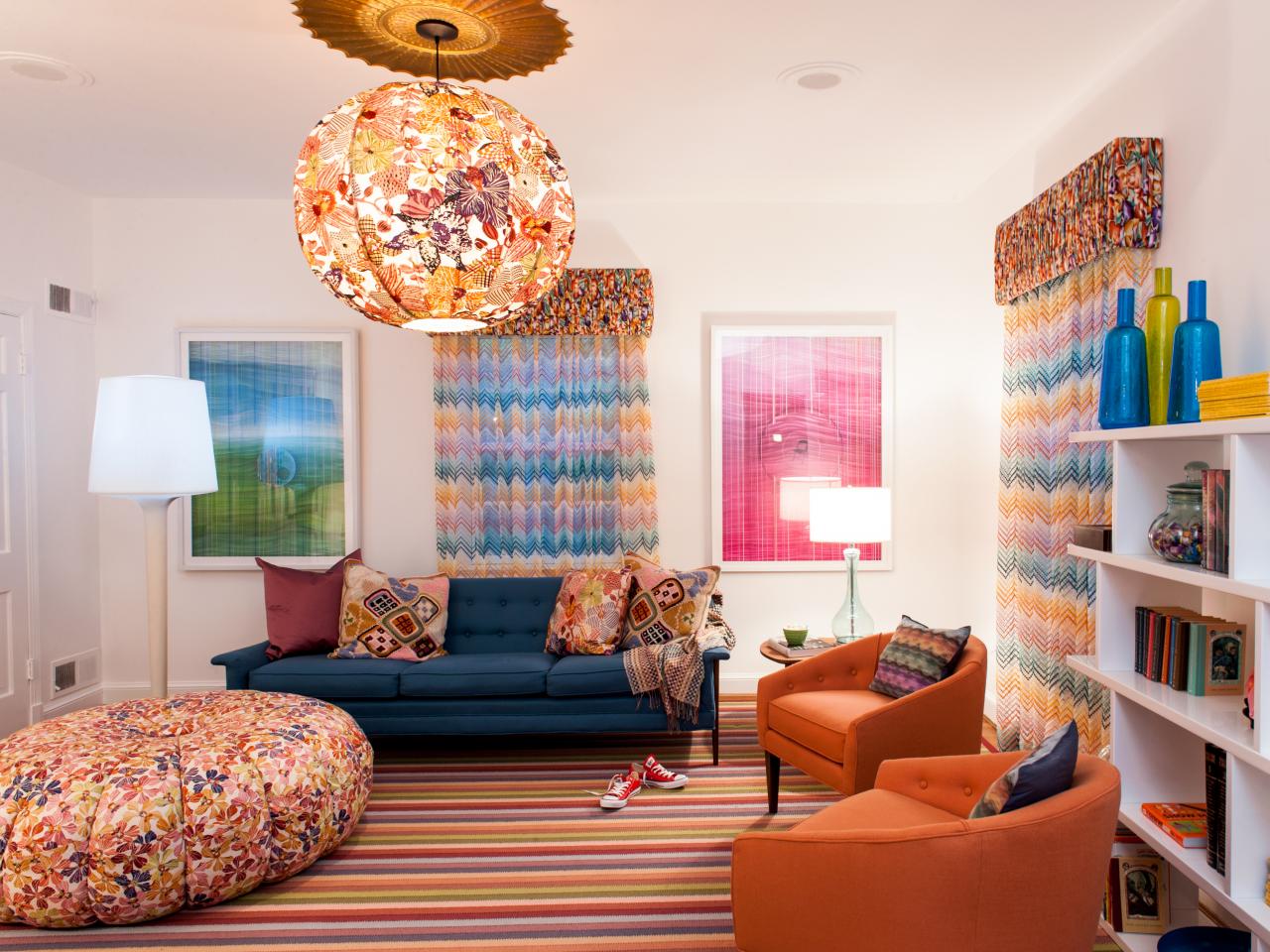
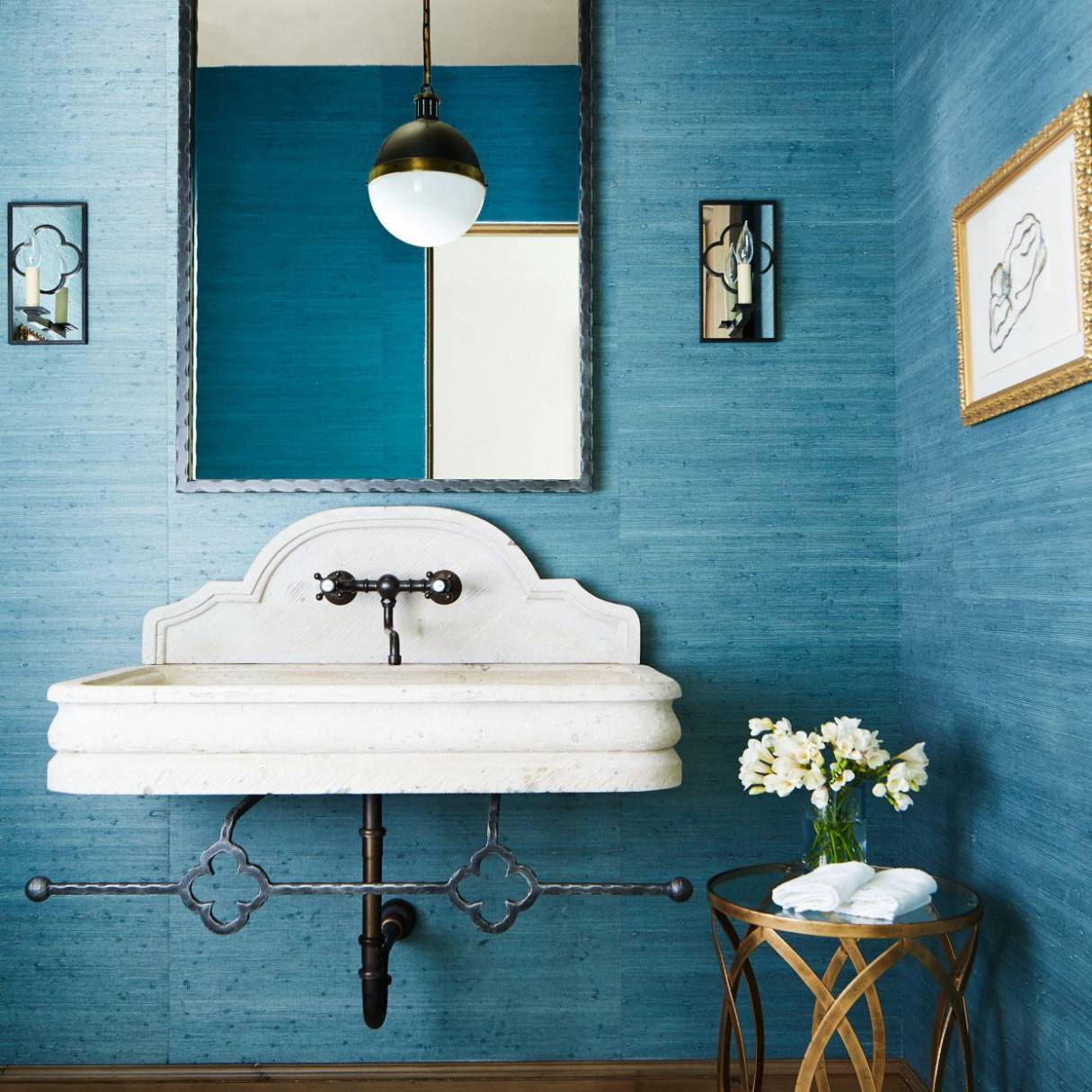
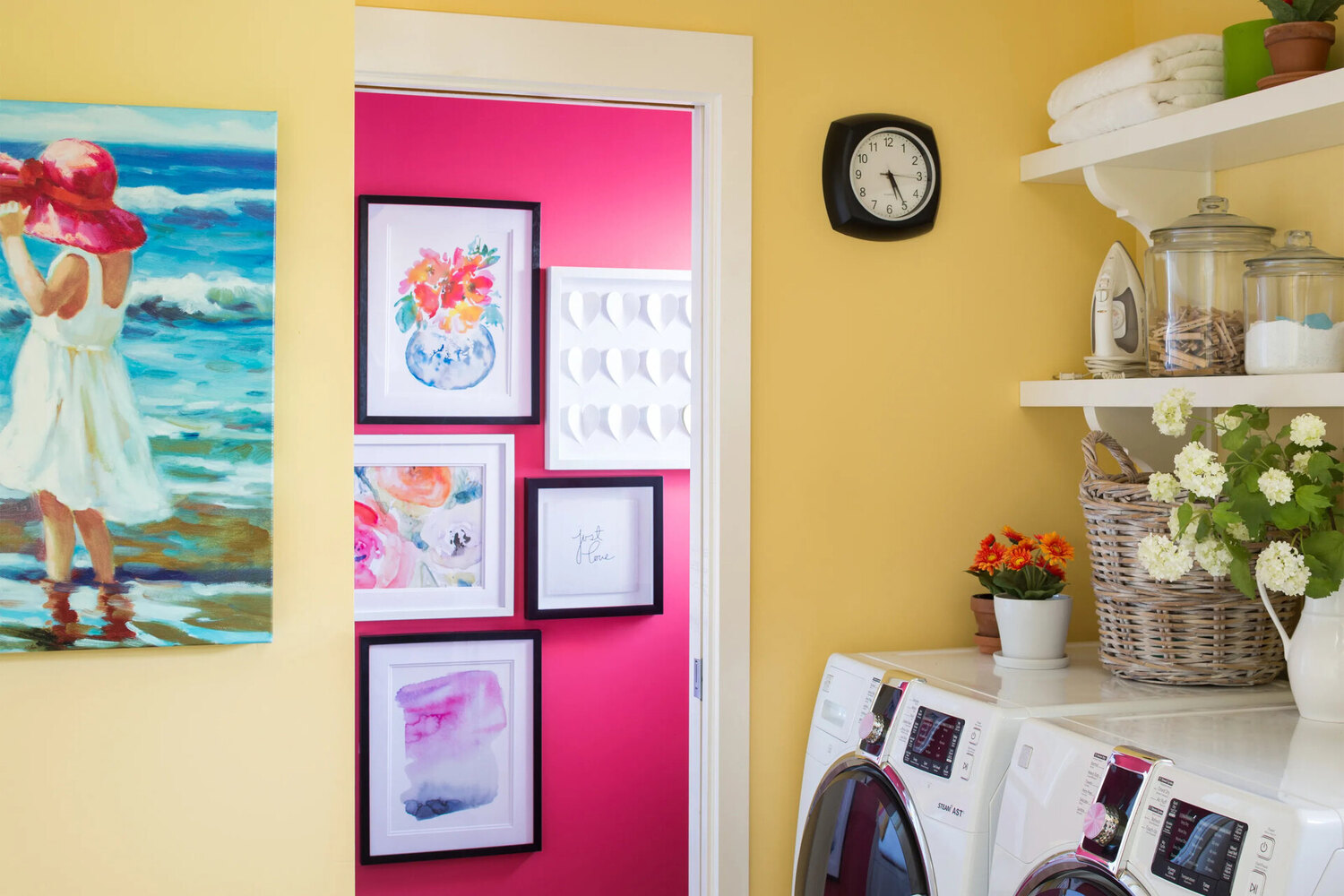
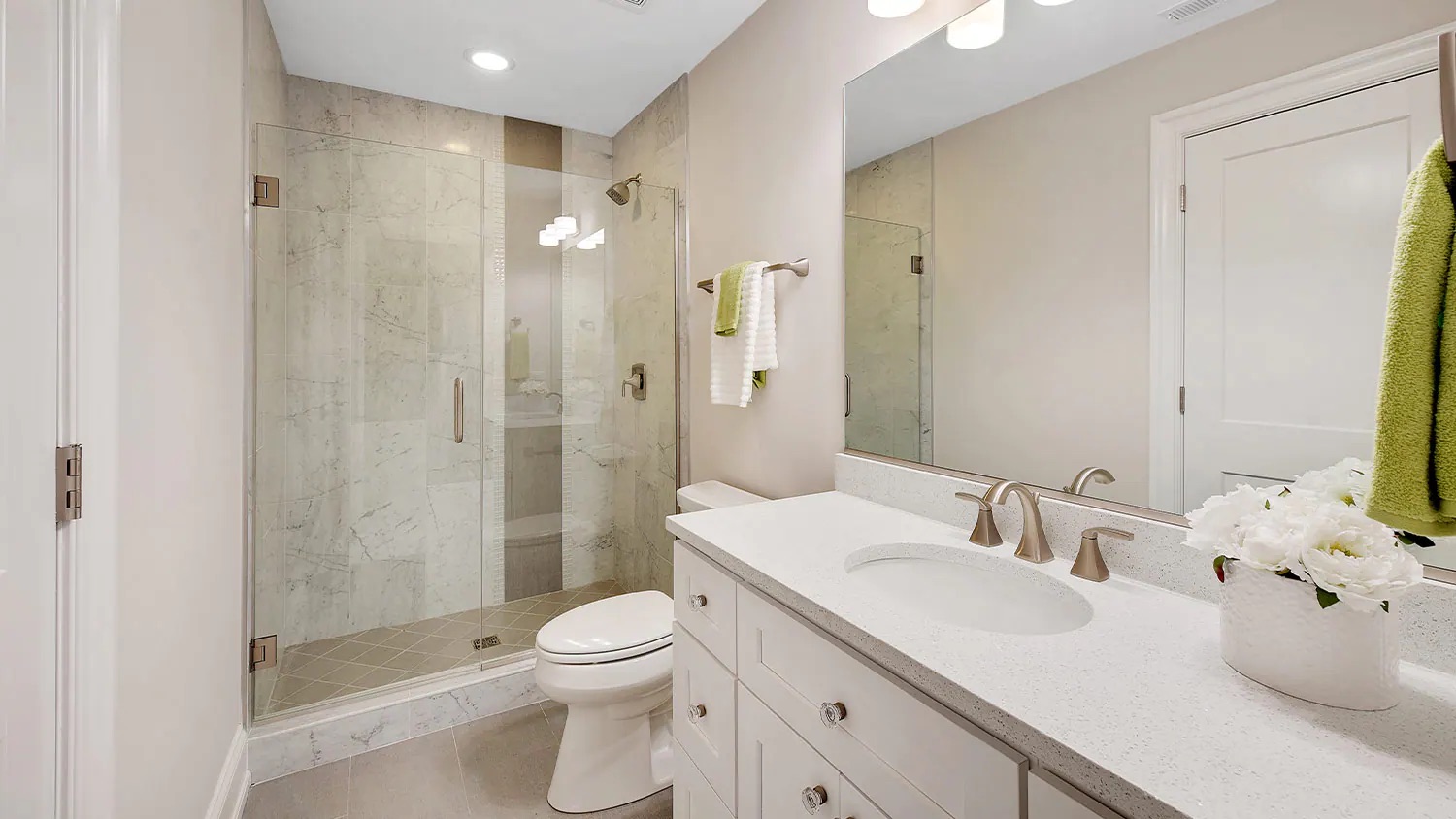

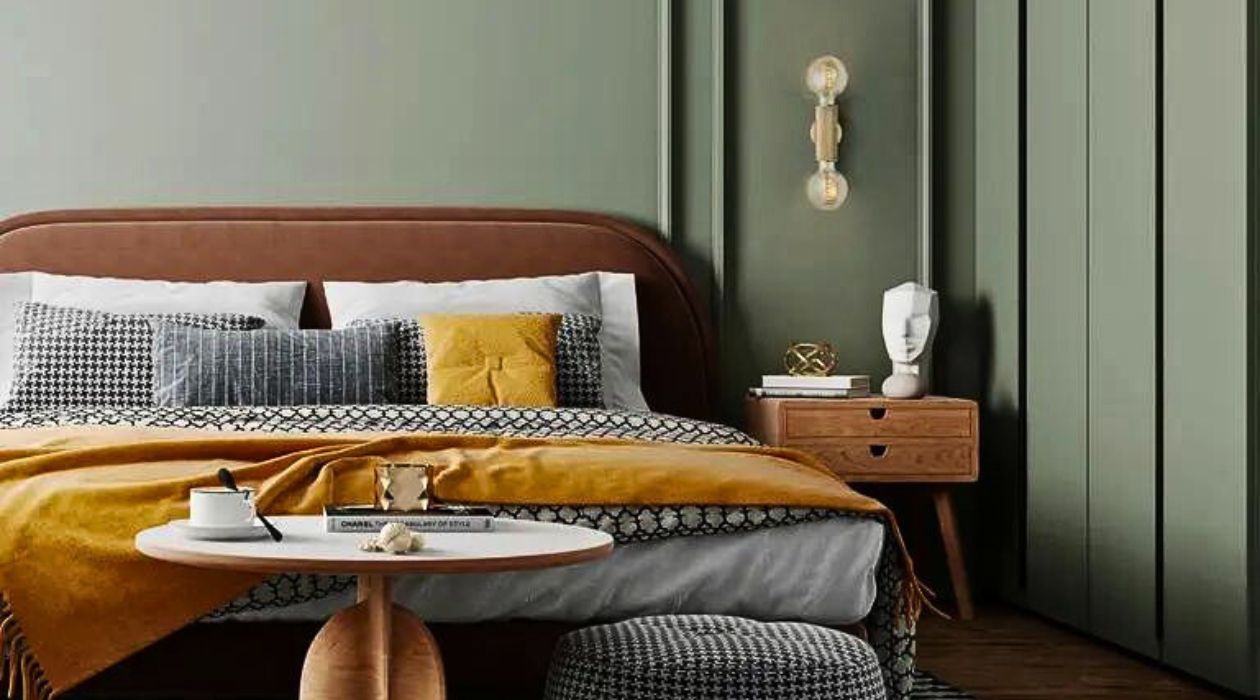

0 thoughts on “The 80-20 Color Rule: How To Use It For A Balanced Scheme”